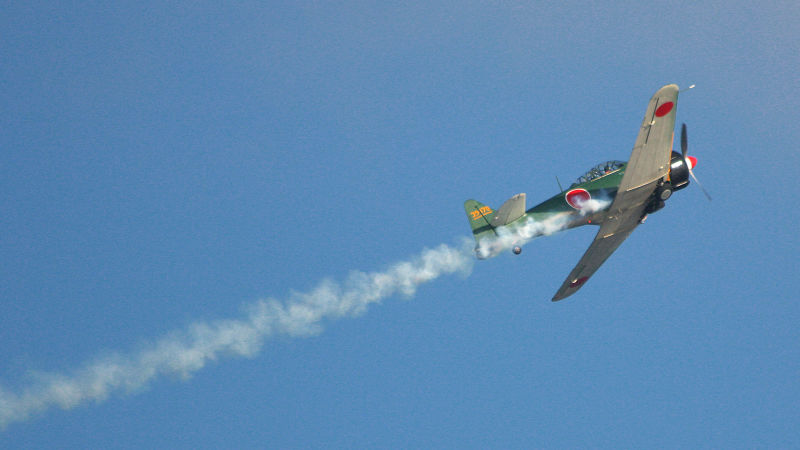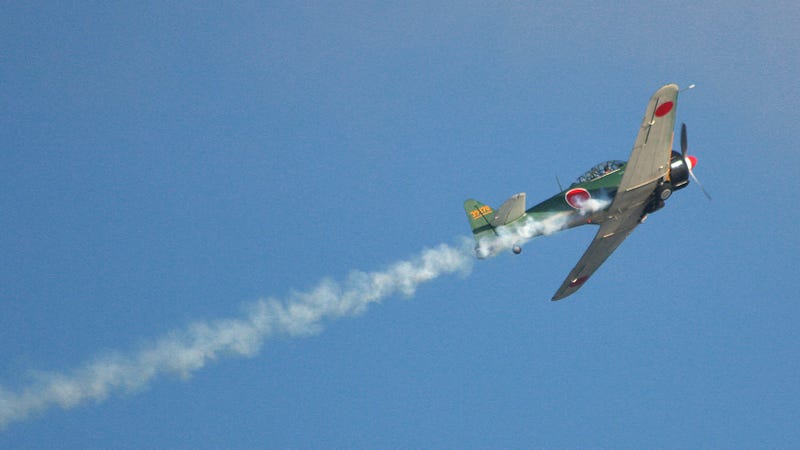 Foxtrot AlphaTech and news from the world of modern defense.
Foxtrot AlphaTech and news from the world of modern defense.Most living Americans tend to think of the Mitsubishi A6M Zero as the Japanese plane that walloped the Americans at Pearl Harbor. Okay, well, it did do that. But it wasn’t the fearsome fighter that Hollywood movies have portrayed. While it had some initial advantages, it was deeply flawed.
The Zero was not only meant to be lightweight, it was also built to be cheap. A lack of mass is exceptionally helpful at maintaining low wing loading, while aiding both the ability to turn and accelerate. Early Western carrier-based fighters, like the United States Navy’s Brewster Buffalo and the F4F Wildcat, were woeful against the Zero.
The flip side of that meant that it didn’t have some features that later Western fighters had, like self-sealing fuel tanks. A self-sealing fuel tank might be a problem in your road car, but in your fighter plane? With bullets and shells whizzing around? All that leaking fuel could become a big problem, quickly. As this video from the ever-so-cromulent Real Engineering channel on Youtube explains, the Zero even had problems like a complete lack of armor, and a lack of maneuverability at high speeds:
The Allies quickly learned of the Zero’s fatal flaws – especially with the help of the Akutan Zero – and were able to make quick work of the Zero later in World War II.














